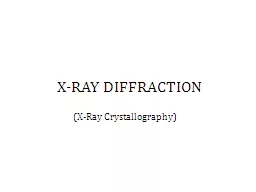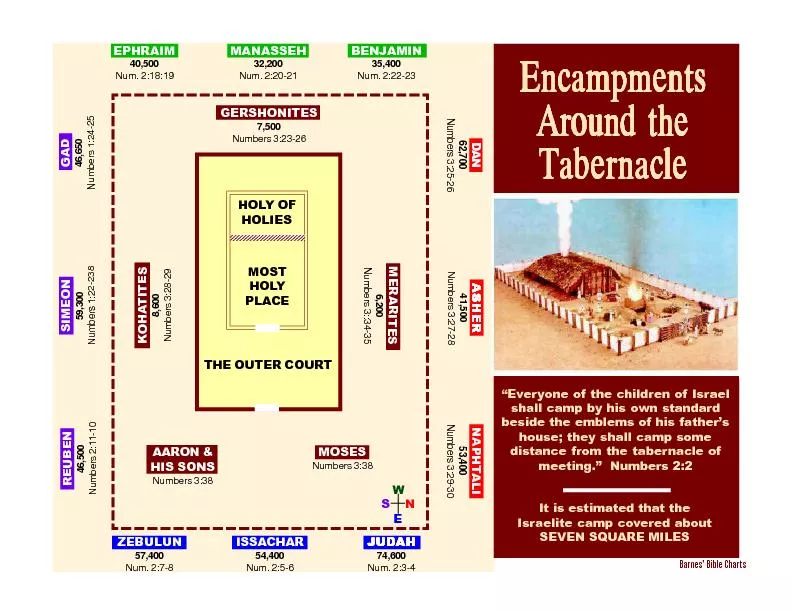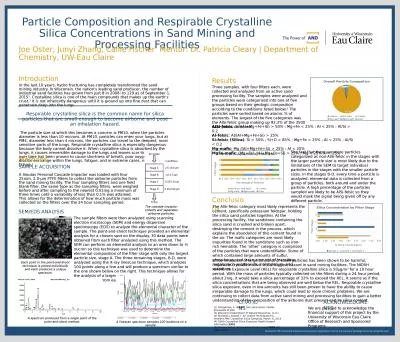PPT-Crystal structures When we look around much of what we see is non-crystalline (organic
Author : liane-varnes | Published Date : 2018-03-08
But many of the common inorganic materials are usually crystalline Metals Cu Zn Fe CuZn alloys Semiconductors Si Ge GaAs Ceramics Alumina Al
Presentation Embed Code
Download Presentation
Download Presentation The PPT/PDF document "Crystal structures When we look around m..." is the property of its rightful owner. Permission is granted to download and print the materials on this website for personal, non-commercial use only, and to display it on your personal computer provided you do not modify the materials and that you retain all copyright notices contained in the materials. By downloading content from our website, you accept the terms of this agreement.
Crystal structures When we look around much of what we see is non-crystalline (organic: Transcript
Download Rules Of Document
"Crystal structures When we look around much of what we see is non-crystalline (organic"The content belongs to its owner. You may download and print it for personal use, without modification, and keep all copyright notices. By downloading, you agree to these terms.
Related Documents














